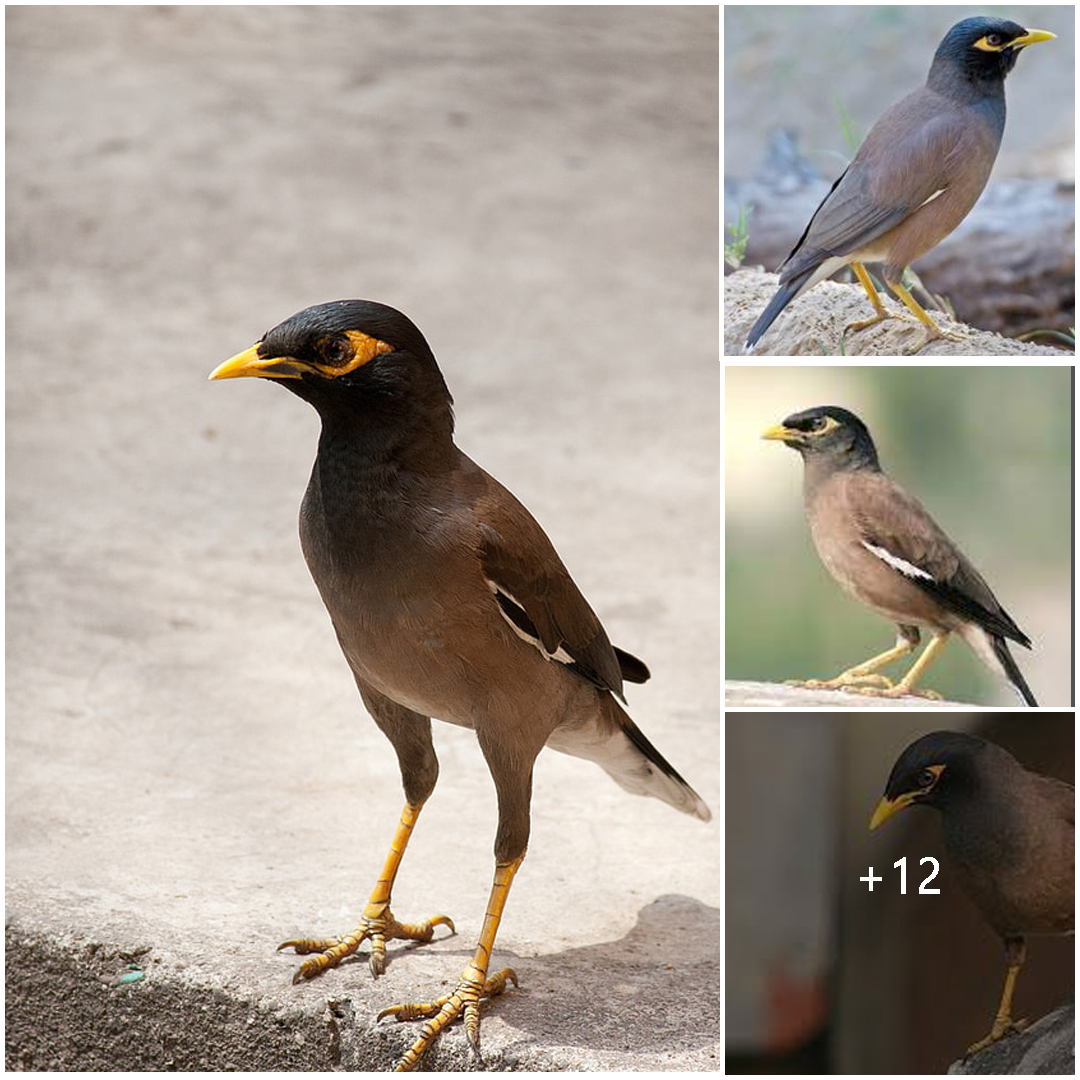
The Skylark: A Songbird of the Skies
The Skylark, scientifically known as Alauda arvensis, is a small passerine bird renowned for its melodious and uplifting song. Found across Europe and parts of Asia, this iconic bird holds a special place in the hearts of bird enthusiasts and poets alike.
Physical Description:
The Skylark is a small bird, measuring around 16-18 centimeters in length. It has brownish plumage, streaked with darker markings to help camouflage it against the ground. Its most distinctive feature is its crest, which it often raises during territorial displays and singing. The Skylark’s wings are broad and pointed, enabling it to perform intricate aerial displays during its song flights.
Habitat and Distribution:
Skylarks inhabit a variety of open habitats, including grasslands, meadows, agricultural fields, and coastal dunes. They are particularly common in areas with short grass or sparse vegetation, where they can forage for seeds and insects on the ground. Skylarks are highly adaptable birds and can also be found in urban parks and gardens, provided suitable nesting sites are available.
Behavior and Song:
One of the most remarkable aspects of the Skylark is its elaborate song, which is often delivered while the bird is in flight. Male Skylarks ascend high into the sky, singing continuously as they perform intricate aerial displays known as “sky-dancing.” These displays can last for several minutes and are believed to serve as both a territorial defense and a courtship ritual to attract mates.
Cultural Significance:
The Skylark’s beautiful song has inspired poets, writers, and musicians for centuries. In literature, the Skylark is often used as a symbol of joy, freedom, and the beauty of nature. The romantic poet Percy Bysshe Shelley famously wrote the poem “To a Skylark” in 1820, celebrating the bird’s ethereal song and its ability to transcend earthly concerns.
Conservation Status:
While Skylark populations remain stable in some regions, they have declined significantly in others due to habitat loss, intensification of agriculture, and changes in land management practices. Conservation efforts focused on protecting and restoring grassland habitats are crucial for ensuring the long-term survival of Skylarks and other grassland birds.
Conclusion:
The Skylark’s enchanting song and aerial displays make it a beloved symbol of the beauty and vitality of the natural world. As stewards of the environment, it is our responsibility to protect the habitats that Skylarks depend on and ensure that future generations can continue to enjoy the sight and sound of these magnificent birds soaring high in the sky





